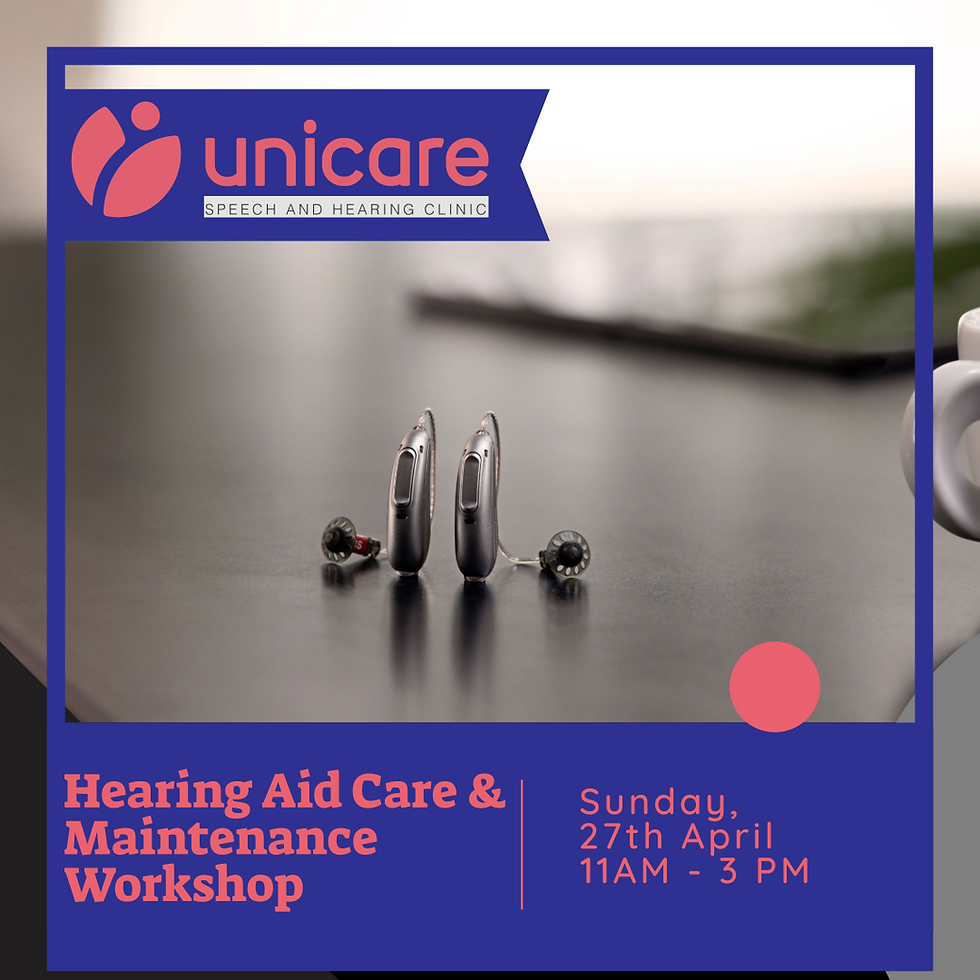🔊 Reclaiming Sound: Auditory Training for Adults After Long-Term Hearing Loss
- Lovedeep Kholia

- Jul 11
- 2 min read

For adults who’ve lived with untreated hearing loss for years, the world of sound can feel strange—even startling—after being fitted with hearing aids. While amplification restores access to external sound, it’s auditory training that helps the brain make sense of it.
This cognitive rehabilitation is vital after auditory deprivation, when the brain’s sound processing networks have been dormant or reallocated for other tasks. The good news? The brain is remarkably adaptable at any age.
🧠 The Neuroscience Behind Hearing Recovery
Neuroplasticity never retires: Though changes may be slower in adults, the brain continues to reorganize and learn.

Sensory confusion is expected: After years of reduced input, sounds like ticking clocks or rustling leaves may seem overly loud or unfamiliar.
Cognitive strain may increase temporarily: As the brain relearns how to interpret speech, some users experience fatigue or frustration during conversations.
Understanding this neurological transition helps patients feel less overwhelmed—and more in control of their progress.
🛠️ Components of Adult Auditory Training
Tailored auditory training boosts speech comprehension and listening stamina. Methods may include:
Speech-in-noise drills: Practicing with background sound to improve real-world listening.
Phoneme recognition exercises: Relearning subtle sound distinctions (e.g., "f" vs. "th").
Auditory memory training: Retaining and sequencing spoken information—important in work and social settings.
Listening apps & audio books: Promoting active listening with gradually increasing complexity.
Group therapy and audiologist-led sessions create structure, while home-based exercises allow flexibility and self-paced learning.
📅 Timing & Expectations
For adults with prolonged deprivation, auditory training should begin within 2 to 4 weeks after hearing aid fitting. Encouraging consistency and realistic goals is key.
Short daily sessions (15–30 minutes): Avoids fatigue and builds routine.
Milestone tracking: Celebrating small wins like improved phone calls or clearer speech recognition motivates progress.
Support networks: Family, friends, and hearing care professionals foster sustained engagement.
Progress may be slower than in children—but even incremental improvement can dramatically enhance quality of life.
🤝 Reassurance & Encouragement
At Unicare Speech & Hearing Clinic, we believe adult auditory rehabilitation is not about catching up—it's about reconnecting. We guide patients patiently through the transition, celebrating each rediscovered sound as part of a larger journey toward empowerment.



Comments